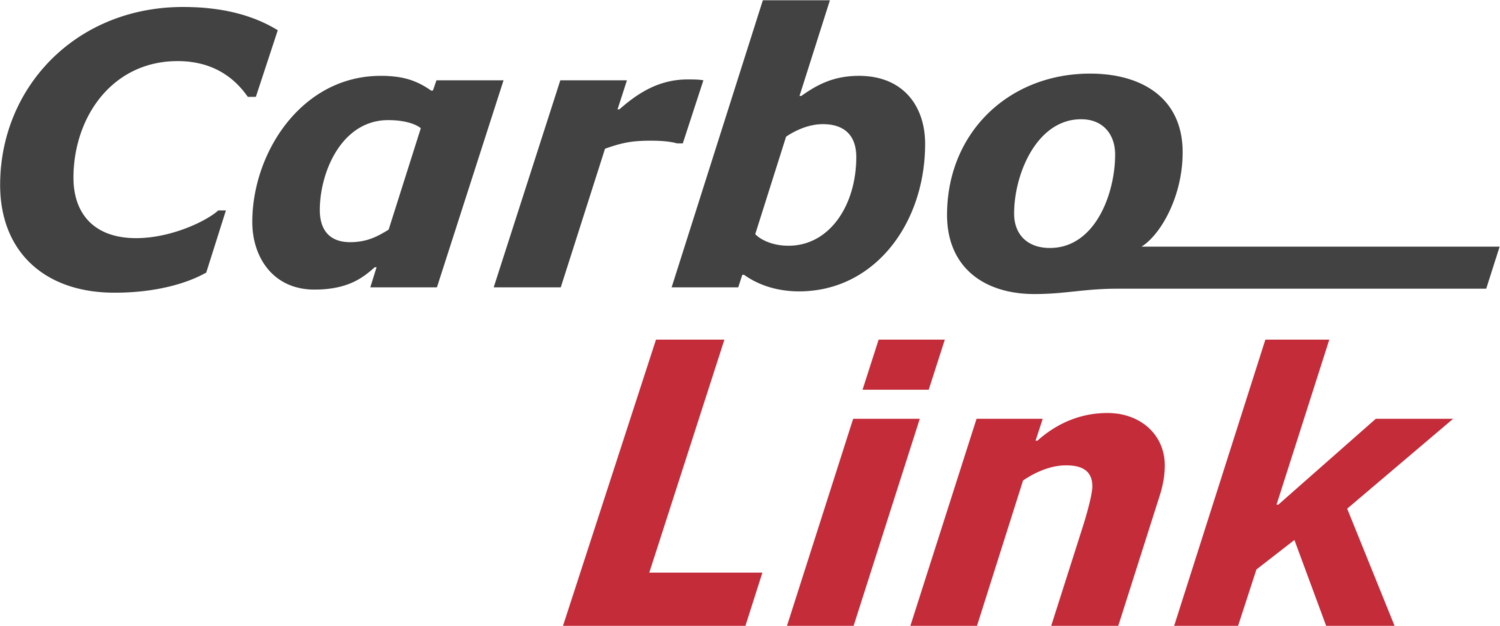Carbon Push-Pull Element: Revolutionizing Load Transfer with Carbon Fiber
Carbo-Link AG has developed a groundbreaking carbon fiber push-pull element capable of transferring both tensile and compressive forces through a purely mechanical connection. By leading the innovation, Carbo-Link is responsible for material selection, production process development, and extensive testing of this high-performance composite structure.
The Innovation in Brief
The Carbon Push-Pull Element is a lightweight CFRP component that transfers tension through a continuous fiber loop around end terminations and compression by means of a form fit, eliminating the need for adhesives and relying solely on mechanical connections. This approach ensures maximum safety and reliability, making it ideal for high-performance applications in aerospace, motorsports, and heavy-duty transportation.
How It Works?
Carbon fibers are known for their exceptional strength and stiffness relative to their weight. Their anisotropic nature provides very high axial strength in both tension and compression but limited properties transverse to the fiber direction. Efficient load transfer in CFRP therefore requires careful design of connections.
Compression: The push element is designed as a cylindrical tube, optimized to resist buckling through an unidirectional fiber layup supported by circumferential carbon winding. A high-performance polymer matrix protects the fibers from environmental stressors, ensuring durability under temperature and moisture variations. Form-fit end connections transmit compressive forces directly to adjoining structures.
Tension: Tensile forces are transmitted via fibers routed continuously around the end terminations. This mechanical connection replaces conventional bonding, providing a secure and reliable load path even in applications where adhesives are prohibited, such as aerospace. In a fully automated process, fibers are pre-tensioned during fabrication, preventing slippage and ensuring immediate force transfer under load.
By combining these tensile and compressive capabilities in a single lightweight component, Carbo-Link has created an element that is both strong and durable.
Advantages of the Carbon Push-Pull Element
Lightweight: Reduces mass compared to steel or aluminum, lowering fuel consumption and CO₂ emissions in transportation applications.
Reliable Load Transfer: Continuous fiber routing eliminates the risk of adhesive failure and ensures both tension and compression are handled mechanically.
High Durability: Resistant to corrosion, fatigue, and environmental degradation, extending service life.
Energy Efficiency: Reduced weight contributes directly to lower energy consumption in vehicles, aircraft, and industrial machinery.
Tailored Performance: Anisotropic carbon fiber properties allow precise optimization of strength in both tension and compression.
Applications
The push-pull element has broad potential across multiple industries:
-
Control rods, linkages, and structural components benefit from weight savings and reliable load transfer. text goes here
-
Steering linkages, suspension components, and towing systems achieve improved performance and efficiency.
-
Towing systems, actuators, and mechanical linkages are lighter, more durable, and energy-efficient.
Development and Launch
Carbo-Link initiated development by tackling the challenge of combining tension and compression in a purely mechanical CFRP element. The breakthrough came from routing fibers continuously around end terminations, enabling secure tensile load transfer while maintaining compressive integrity. Automated production processes, including pre-tensioning and precise fiber placement, ensure consistent quality. After rigorous testing in high-load scenarios, the innovation is now entering the final validation phase, with market introduction planned for aerospace, automotive, and industrial sectors.
Environmental Impact
This innovation contributes to sustainability by:
Reducing Weight: Lower mass decreases fuel consumption and CO₂ emissions.
Eliminating Adhesives: Reduces chemical use and improves longevity.
Extending Lifespan: Resistant to corrosion and environmental degradation, reducing waste.
Enhancing Energy Efficiency: Lighter, durable components lower energy consumption in transportation and industrial applications.
Key Benefits
Lightweight, reducing fuel consumption and emissions
Transfers both tensile and compressive forces mechanically
High durability with no reliance on bonding
Applicable in aerospace, motorsports, and heavy industry
Fully automated production ensures precision
The Carbon Push-Pull Element represents a significant step forward in high-performance composite design, offering engineers a versatile, safe, and sustainable solution for both tensile and compressive load transfer.




